Comprehensive industrial automation solutions for global industries
If you are interested in our products and want to know more details,please Contact us,we will reply you as soon as we can.
Contact Support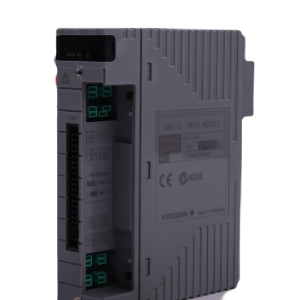
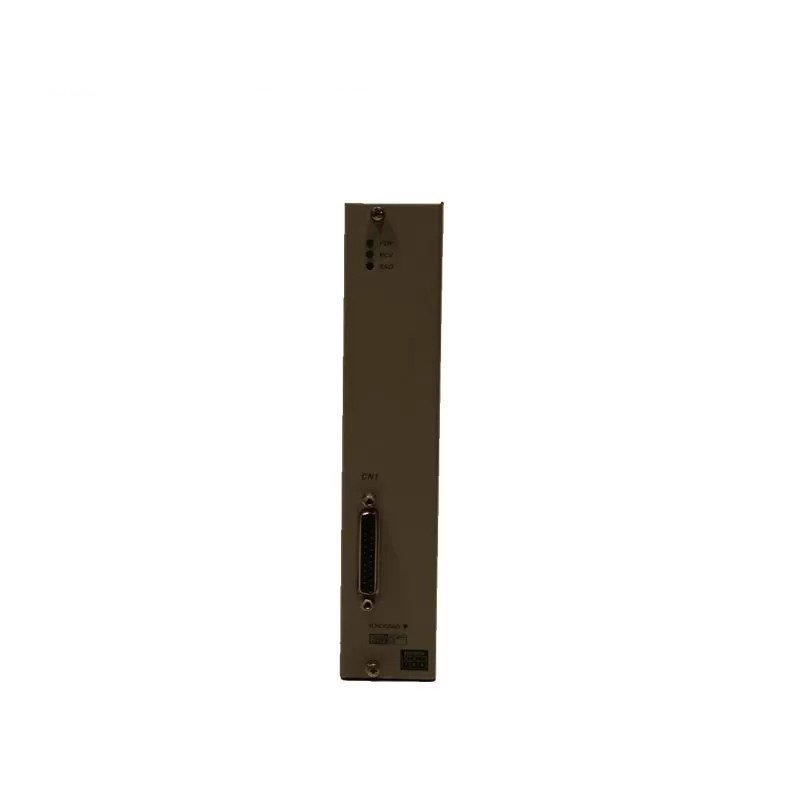
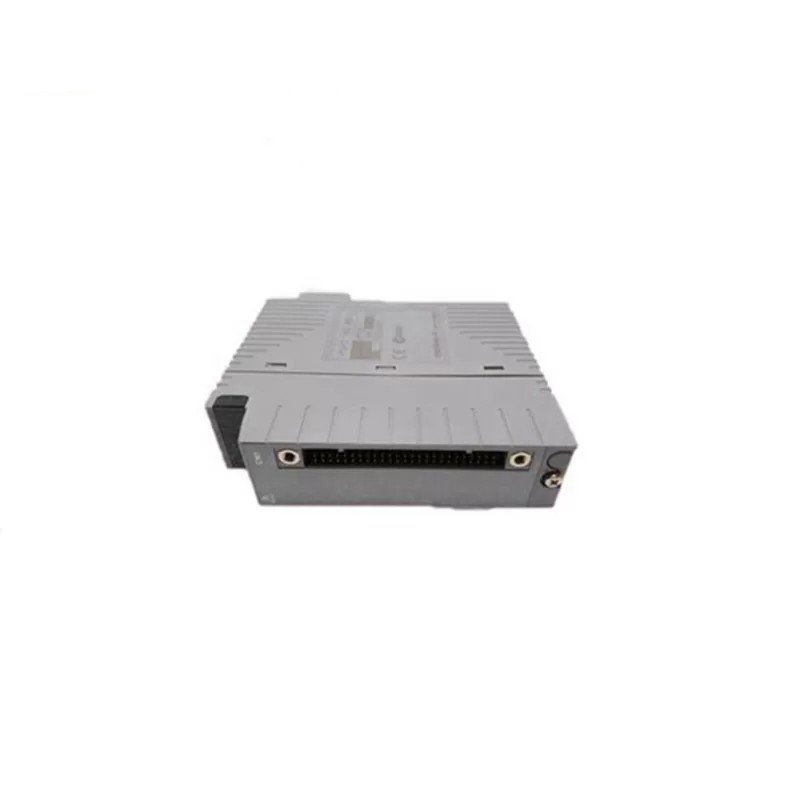
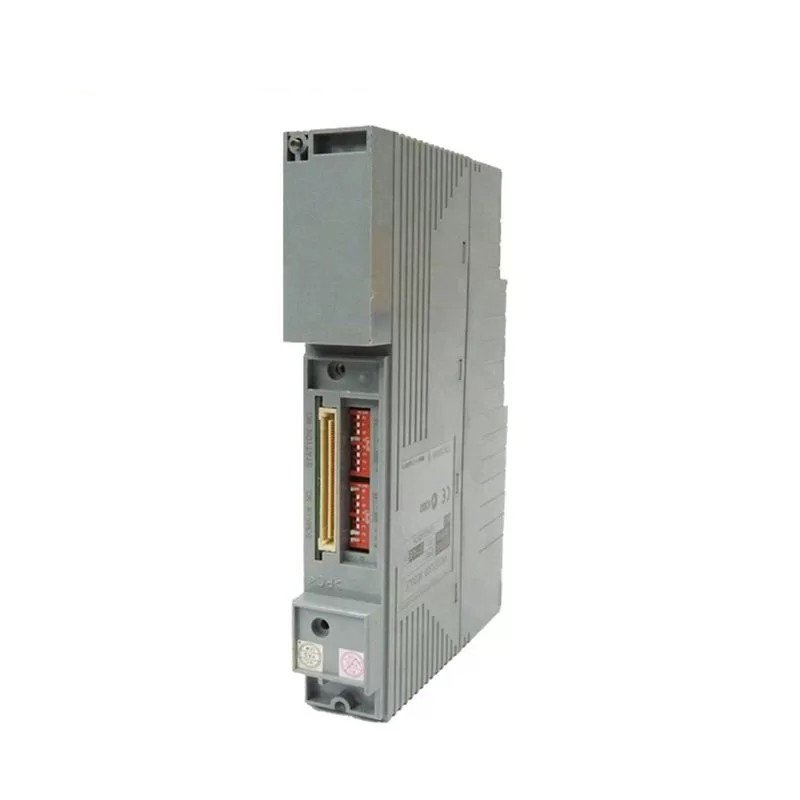


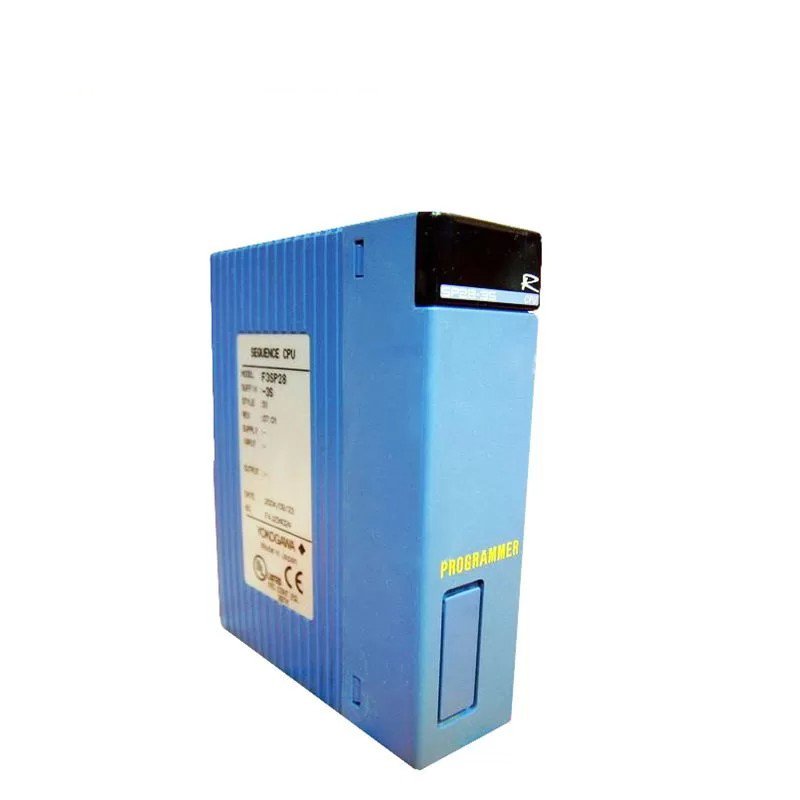
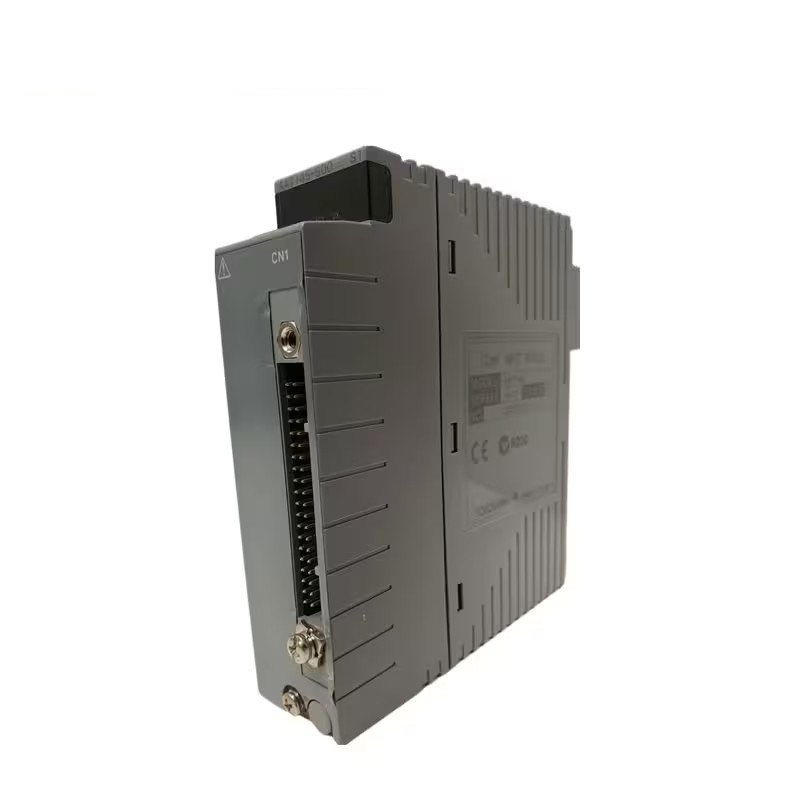


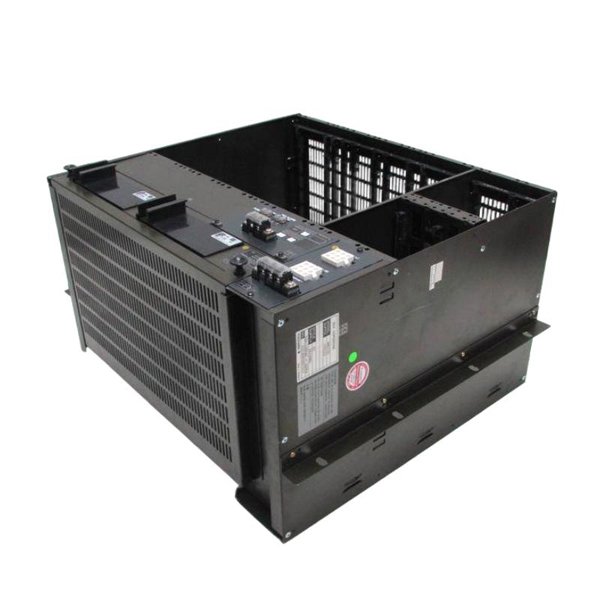
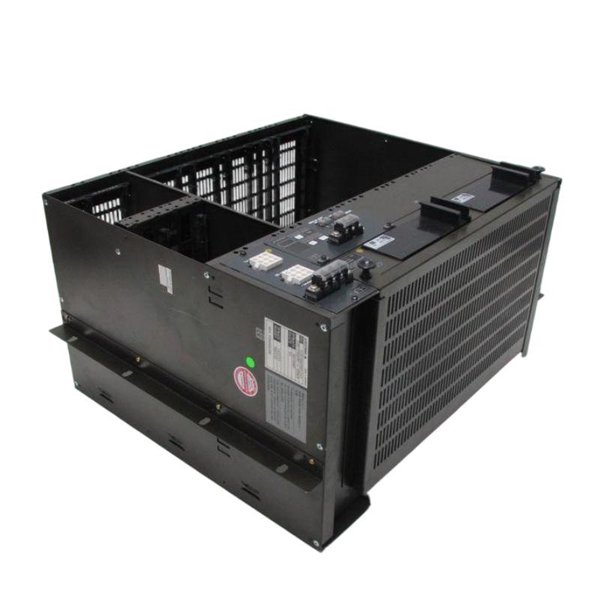




Manufacturer:Yokogawa
Product Number:ABC11D
Product Type:Dual-Redundant Bus Converter
Origin:Japan
Dimensions:35 x 150 x 180 mm
Weight:1.5 kg
Views:30
Payment Methods:T/T, PayPal, Western Union
Condition:New & In Stock
Warranty:1 Year
Lead Time:1-3 Working Days
Certificate:COO
Courier partners:DHL, UPS, TNT, FedEx and EMS.
Business hours:7*24
The Yokogawa ABC11D Dual-Redundant Bus Converter is an advanced communication interface module designed to enhance the reliability and integrity of data transmission within Yokogawa’s Distributed Control Systems (DCS). This module serves as a critical link that manages and converts bus signals between redundant communication paths, ensuring uninterrupted data flow even in the event of a failure in one of the communication channels.
The dual-redundant design allows the ABC11D to simultaneously monitor two separate bus lines, automatically switching between them without data loss or interruption. This feature is essential in high-availability industrial environments where system downtime can lead to costly production losses or safety hazards.
| Specification | Details |
|---|---|
| Model | ABC11D |
| Type | Dual-Redundant Bus Converter |
| Communication Bus | Dual redundant bus lines (fieldbus, proprietary) |
| Data Transfer Rate | Up to 10 Mbps |
| Power Supply | 24 V DC |
| Power Consumption | Approx. 8 W |
| Operating Temperature | -20°C to +70°C |
| Storage Temperature | -40°C to +85°C |
| Humidity | 5% to 95% RH (non-condensing) |
| Dimensions (WxHxD) | 35 x 150 x 180 mm |
| Weight | 1.5 kg |
| Mounting | Rack-mounted in Yokogawa FCS system |
| Connection Interface | Terminal blocks, bus connectors |
| Fault Detection | Built-in self-diagnostics and fault isolation |
Distributed Control Systems (DCS): Ensures uninterrupted communication between control units by managing dual redundant buses.
Power Plants: Maintains critical data flow and communication redundancy to prevent operational disruptions.
Chemical Processing: Supports stable and safe control system communications in hazardous environments.
Manufacturing Automation: Enhances system reliability by reducing communication failures and downtime.
Refineries and Petrochemical Plants: Provides robust communication infrastructure essential for safety and efficiency.
Water and Wastewater Treatment: Facilitates reliable control system data exchange to ensure process stability.
Dual-Redundancy: Offers automatic switching between two communication buses to maintain continuous data transmission.
High-Speed Data Transfer: Supports fast communication rates up to 10 Mbps to handle real-time control data.
Fault Detection & Diagnostics: Integrated self-monitoring detects and isolates faults early, minimizing maintenance time.
Compact and Robust: Designed for space-saving rack installation while enduring harsh industrial environments.
Versatile Connectivity: Supports various bus connector types, allowing flexible system configurations.
Energy Efficient: Low power consumption enhances system sustainability and reduces operational costs.
Seamless Integration: Fully compatible with Yokogawa FCS and other control system components, ensuring reliable network communication.
What communication method does the ABC11D use for redundancy?
It uses dual-redundant bus lines to provide continuous communication by switching automatically if one line fails.
How does the ABC11D detect a failure on one of the bus lines?
The module continuously monitors bus status and uses built-in diagnostics to identify faults promptly.
What happens when a bus line fails during operation?
The ABC11D instantly switches to the alternate bus line without interrupting data transmission.
What is the supported data transfer rate of the module?
It supports data transfer rates up to 10 Mbps for high-speed communication.
What power supply voltage is required for the ABC11D?
The module requires a stable 24 V DC power supply.
Does the ABC11D provide any self-diagnostic features?
Yes, it includes fault detection and isolation capabilities to maintain system integrity.
Is the ABC11D compatible with other Yokogawa control system components?
It is fully compatible and designed to integrate smoothly within Yokogawa’s control system infrastructure.
How does the ABC11D maintain data integrity during bus switching?
The module uses intelligent control to ensure seamless switching without data loss or corruption.
Can the ABC11D function effectively in harsh industrial environments?
Yes, it is designed to operate reliably within a broad temperature range and high humidity conditions.
What type of connectors are used for communication interfaces?
The module uses terminal blocks and bus connectors optimized for Yokogawa system compatibility.




Manufacturer:Yokogawa
Product Number:ABC11D
Product Type:Dual-Redundant Bus Converter
Origin:Japan
Dimensions:35 x 150 x 180 mm
Weight:1.5 kg
Views:30
Payment Methods:T/T, PayPal, Western Union
Condition:New & In Stock
Warranty:1 Year
Lead Time:1-3 Working Days
Certificate:COO
Courier partners:DHL, UPS, TNT, FedEx and EMS.
Business hours:7*24
The Yokogawa ABC11D Dual-Redundant Bus Converter is an advanced communication interface module designed to enhance the reliability and integrity of data transmission within Yokogawa’s Distributed Control Systems (DCS). This module serves as a critical link that manages and converts bus signals between redundant communication paths, ensuring uninterrupted data flow even in the event of a failure in one of the communication channels.
The dual-redundant design allows the ABC11D to simultaneously monitor two separate bus lines, automatically switching between them without data loss or interruption. This feature is essential in high-availability industrial environments where system downtime can lead to costly production losses or safety hazards.
| Specification | Details |
|---|---|
| Model | ABC11D |
| Type | Dual-Redundant Bus Converter |
| Communication Bus | Dual redundant bus lines (fieldbus, proprietary) |
| Data Transfer Rate | Up to 10 Mbps |
| Power Supply | 24 V DC |
| Power Consumption | Approx. 8 W |
| Operating Temperature | -20°C to +70°C |
| Storage Temperature | -40°C to +85°C |
| Humidity | 5% to 95% RH (non-condensing) |
| Dimensions (WxHxD) | 35 x 150 x 180 mm |
| Weight | 1.5 kg |
| Mounting | Rack-mounted in Yokogawa FCS system |
| Connection Interface | Terminal blocks, bus connectors |
| Fault Detection | Built-in self-diagnostics and fault isolation |
Distributed Control Systems (DCS): Ensures uninterrupted communication between control units by managing dual redundant buses.
Power Plants: Maintains critical data flow and communication redundancy to prevent operational disruptions.
Chemical Processing: Supports stable and safe control system communications in hazardous environments.
Manufacturing Automation: Enhances system reliability by reducing communication failures and downtime.
Refineries and Petrochemical Plants: Provides robust communication infrastructure essential for safety and efficiency.
Water and Wastewater Treatment: Facilitates reliable control system data exchange to ensure process stability.
Dual-Redundancy: Offers automatic switching between two communication buses to maintain continuous data transmission.
High-Speed Data Transfer: Supports fast communication rates up to 10 Mbps to handle real-time control data.
Fault Detection & Diagnostics: Integrated self-monitoring detects and isolates faults early, minimizing maintenance time.
Compact and Robust: Designed for space-saving rack installation while enduring harsh industrial environments.
Versatile Connectivity: Supports various bus connector types, allowing flexible system configurations.
Energy Efficient: Low power consumption enhances system sustainability and reduces operational costs.
Seamless Integration: Fully compatible with Yokogawa FCS and other control system components, ensuring reliable network communication.
What communication method does the ABC11D use for redundancy?
It uses dual-redundant bus lines to provide continuous communication by switching automatically if one line fails.
How does the ABC11D detect a failure on one of the bus lines?
The module continuously monitors bus status and uses built-in diagnostics to identify faults promptly.
What happens when a bus line fails during operation?
The ABC11D instantly switches to the alternate bus line without interrupting data transmission.
What is the supported data transfer rate of the module?
It supports data transfer rates up to 10 Mbps for high-speed communication.
What power supply voltage is required for the ABC11D?
The module requires a stable 24 V DC power supply.
Does the ABC11D provide any self-diagnostic features?
Yes, it includes fault detection and isolation capabilities to maintain system integrity.
Is the ABC11D compatible with other Yokogawa control system components?
It is fully compatible and designed to integrate smoothly within Yokogawa’s control system infrastructure.
How does the ABC11D maintain data integrity during bus switching?
The module uses intelligent control to ensure seamless switching without data loss or corruption.
Can the ABC11D function effectively in harsh industrial environments?
Yes, it is designed to operate reliably within a broad temperature range and high humidity conditions.
What type of connectors are used for communication interfaces?
The module uses terminal blocks and bus connectors optimized for Yokogawa system compatibility.
Our team of experts can design and implement a tailored automation system to meet your specific requirements.